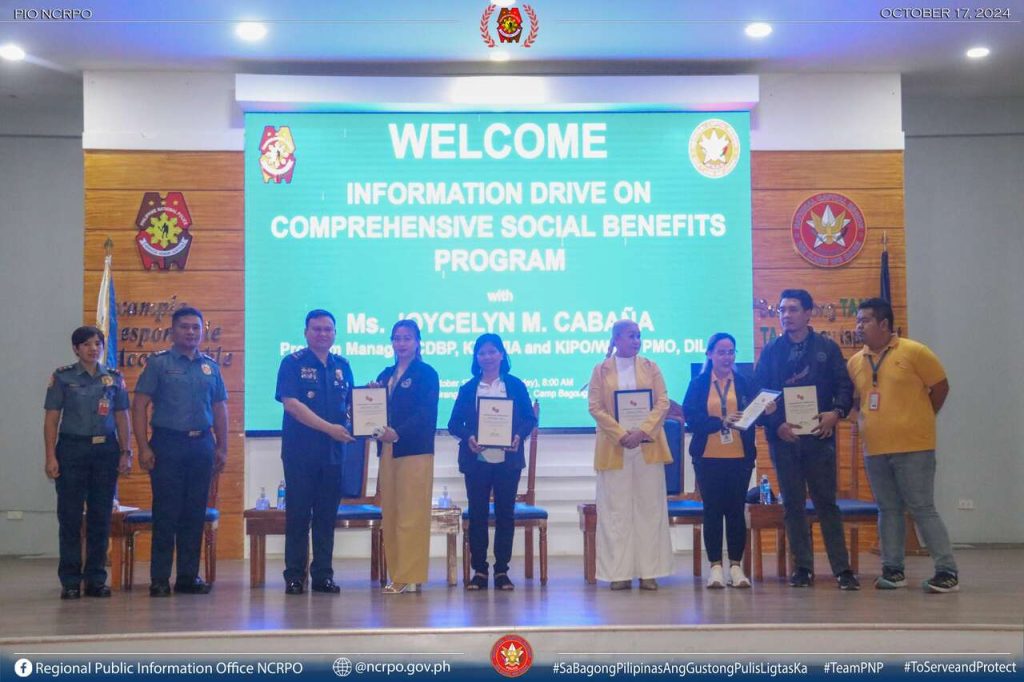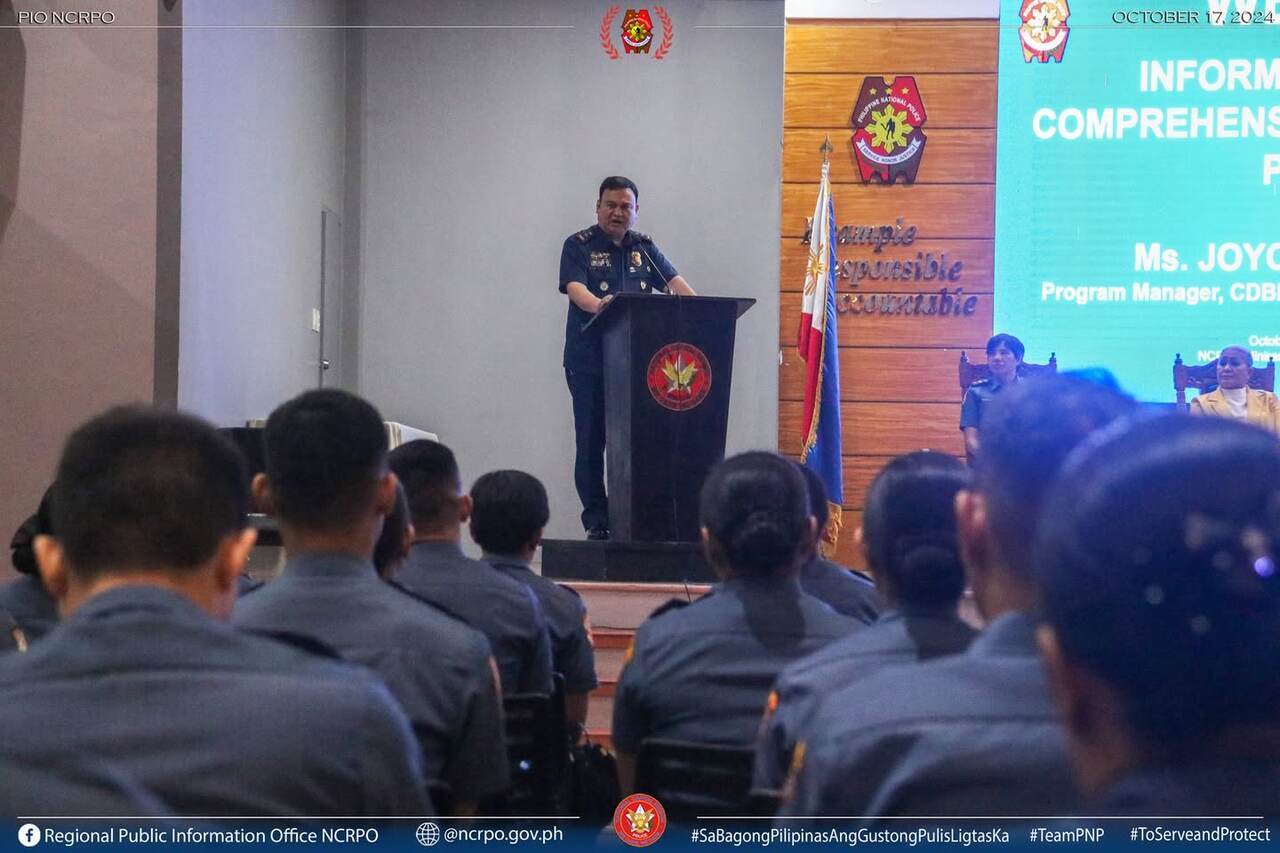To help ease the burden brought to the families by death or injuries sustained by soldiers, police officers, and other uniformed personnel, the government has created the Special Financial Assistance (SFA)—one of the component benefits of the Comprehensive Social Benefits Program (CSBP). It is a lump sum cash grant given to eligible uniformed personnel and their beneficiaries. The program was institutionalized through Executive Order 110 signed on April 7, 2020, and comes with multiple component benefits such as scholarship, healthcare, housing, and social assistance.
In this guide, we looked into the process for applying for the special financial assistance component of the CSBP, who can apply, and how the program works. We also summarized the requirements, coverage, and process, so if you are a family member or a dependent of a slain or injured uniformed personnel, then you can easily follow this guide and avail of this support.
Scope and Coverage

The Special Financial Assistance (SFA) is a lump sum cash grant given to eligible uniformed personnel and their beneficiaries. It covers the following:
- Killed in Action (KIA) or Killed in Police Operation (KIPO) personnel
- Wounded in Action (WIA) or Wounded in Police Operation (WIPO) personnel with:
- Total Permanent Physical Disability (TPPD)
- Major injuries
- Minor injuries
The CSBP recognizes the sacrifices of uniformed personnel who put their lives on the line for the country. For families, receiving financial and social support means they can cope with immediate expenses while also accessing long-term opportunities such as education, housing, and employment.
This program is not just about providing cash—it is about making sure dependents, especially children of slain or disabled personnel, have the resources to continue their education, access healthcare, and secure a decent future.
Beneficiaries
It covers more than just the Armed Forces of the Philippines (AFP) and the Philippine National Police (PNP) too. Beneficiaries include:
- Military personnel of the AFP
- Police officers of the PNP
- Uniformed personnel of the:
- Bureau of Fire Protection (BFP)
- Bureau of Jail Management and Penology (BJMP)
- Philippine Coast Guard (PCG)
- Members of the Citizen Armed Force Geographical Unit (CAFGU) / CAFGU Active Auxiliary (CAA)
- Qualified children, dependents, and beneficiaries of slain or permanently disabled personnel
This wide coverage highlights the government’s recognition of the service and sacrifices made by all uniformed services.
Amounts Granted
The SFA is sourced from the Office of the President and released in tranches depending on the situation:
- For families of KIA/KIPO personnel (released in two tranches): ₱500,000
- For WIA/WIPO personnel with TPPD: ₱250,000
- For WIA/WIPO personnel with major or minor injuries: ₱100,000
Other Benefits Under CSBP
In addition to the special financial assistance, these beneficiaries may also access the following under the general umbrella of the CSBP:
- DSWD support: Monthly rice subsidy of 20 kilos or modified cash transfers
- Housing: A unit in AFP or PNP housing sites, or housing construction on privately owned land through NHA
- Health care: Free PhilHealth premiums, hospitalization aid, and medicines provided by the DOH
- Education: Scholarship grants for up to two children or qualified dependents not covered by other programs (via DepEd, CHED, or TESDA)
- Employment: Priority hiring or livelihood opportunities for dependents of slain or permanently disabled personnel
- Skills training: Financial literacy, entrepreneurship, and livelihood training through DOLE, DTI, and TESDA
Documentary Requirements
To apply for SFA under CSBP, the following documents are generally required:
- Duly accomplished application form
- Death certificate of the KIA/KIPO personnel (for death claims)
- Medical certificate and diagnosis from authorized military/police hospital (for WIA/WIPO claims)
- Line of duty report or operational report confirming the incident was service-related
- Proof of relationship/beneficiary status (marriage contract, birth certificates of children, or certificate of legal guardianship)
- Valid government-issued IDs of claimant/beneficiaries
- Bank account details for fund transfer (if applicable)
How to Apply
Here’s a step-by-step process:
Step 1. Prepare the documents
Gather all the required documents listed above.
Step 2. Submit to the proper office
File your application with the nearest AFP/PNP unit or the assigned Regional Working Group (RWG) office.
Step 3. Verification process
The documents will be verified to confirm the legitimacy of the claim and the beneficiary’s identity.
Step 4. Endorsement to implementing agencies
Once validated, the case will be forwarded to the DILG/DND and other concerned agencies for fund release.
Step 5. Release of funds
Beneficiaries will receive the financial assistance in tranches through direct fund transfer or official disbursement channels.
Funding Source
The financial assistance comes from the Office of the President (OP) and is channeled through existing budget appropriations of agencies implementing the CSBP. The Department of Budget and Management (DBM) identifies additional sources if needed, and yearly funding is integrated into agency budgets to maintain sustainability.
Reporting and Monitoring
Agencies implementing CSBP are required to:
- Submit biannual reports on program implementation and budget utilization to DILG, DND, PMS, and DBM
- Provide an annual report to the Office of the President
- Regularly monitor and evaluate the delivery of benefits to make sure they reach qualified families
How the CSBP is Implemented
The Department of the Interior and Local Government (DILG) and the Department of National Defense (DND) are tasked to jointly lead the CSBP. They coordinate with other agencies like the DSWD, DOH, PhilHealth, CHED, DepEd, NHA, DOLE, and BSP, among others, to deliver the different components.
At the local level, Regional Working Groups (RWGs)—composed of regional directors and AFP/PNP officers—ensure that benefits are delivered quickly to families in need.
Frequently Asked Questions (FAQs)
For your reference, here are some common questions and answers regarding the SFA:
1. How long does it take to process a Special Financial Assistance claim?
Processing time varies depending on document completeness and verification, but many beneficiaries report receiving funds within a few months after submission.
2. Can multiple dependents apply for SFA at the same time?
No. Only the legal beneficiary or representative recognized by law (such as spouse, children, or parents) may claim the benefit. However, dependents may still qualify for other forms of CSBP support such as scholarships or housing.
3. Where can I file my application?
Applications can be filed through the nearest AFP/PNP unit or the Regional Working Group (RWG) office handling CSBP in your area.
4. What if the family has no bank account?
If no bank account is available, funds may be released through official disbursement channels coordinated by the implementing agency. Beneficiaries are encouraged to open an account for easier fund transfer.
5. Can the amount of financial assistance change?
Yes. According to EO 110, the amounts may be adjusted, modified, or removed depending on available government funds or directives from the President.
6. Who should I contact for updates on my claim?
You may follow up with the AFP/PNP personnel office in your area or the Regional Working Group (RWG) assigned to handle CSBP cases.
Video: CSBP Implementation
The Comprehensive Social Benefits Program (CSBP) offers special financial assistance to support the families and dependents of uniformed personnel who are killed or wounded in service by easing the financial and social challenges that families face during these difficult times. If you are a qualified beneficiary, you can just prepare your documents and reach out to your nearest AFP or PNP unit to begin your application. For more details, you may check out this video:
